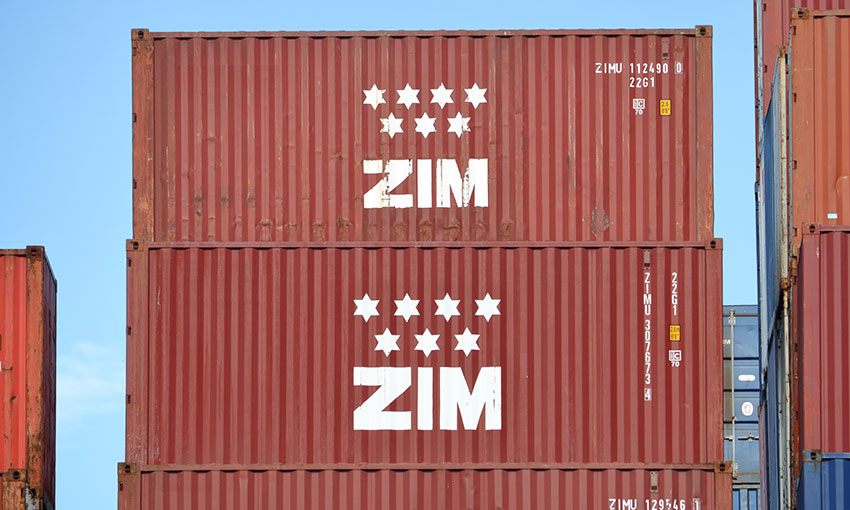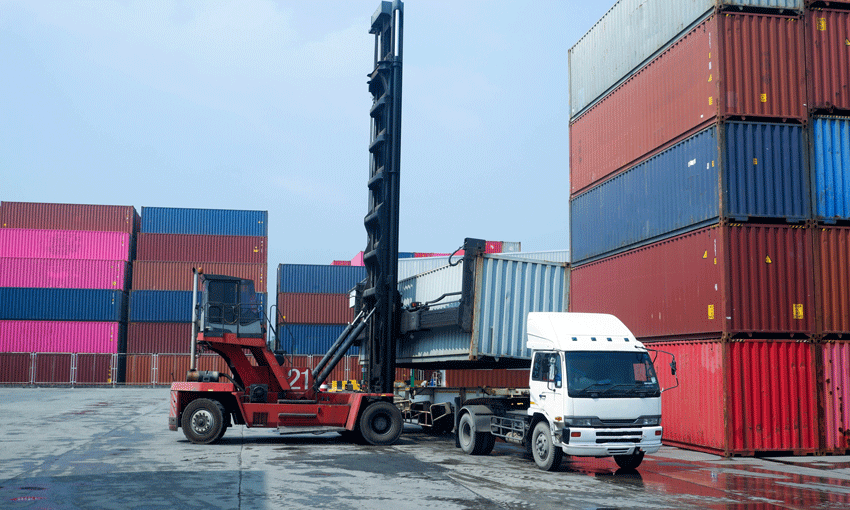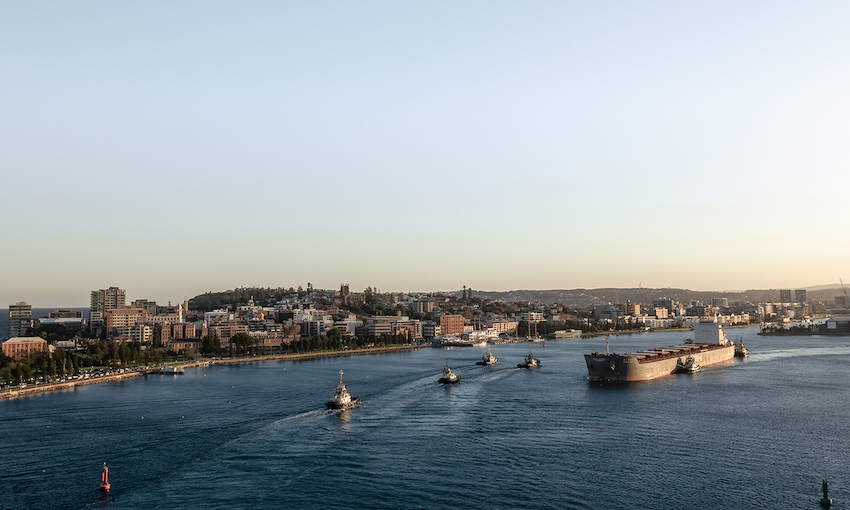INMARSAT’S I-6 F1 satellite has connected to new ground stations in Perth and Merredin, Western Australia, which the company says will upgrade its communications availability in the Asia-Pacific region.
Inmarsat provides satellite communications technologies to various industries, including the merchant maritime industry.
The company’s I-6 F1 satellite launched in December 2021 and spent seven months travelling to geostationary orbit above the Atlantic, using its all-electric propulsion system.
After in-orbit testing in the second half of 2022, the spacecraft is now at its final orbital slot above the Indian Ocean.
Inmarsat said it would begin increasing its capacity and transition services to the new satellite throughout 2023, beginning with the first customers from the second quarter of the year.
Inmarsat chief technology officer Peter Hadinger said the company’s technology is seeing a surge in demand.
“We are seeing rising demand for our services across the board, as airlines offer faster services for passengers, shipping companies use automated navigation, and industries aim to decarbonise through the internet of things,” he said.
“Our I-6 satellites are designed to meet that demand into the 2040s over two of the busiest regions in the world, as we enable a smarter, more connected society. Having double the beams, 50% more spectrum per beam and double the power of our I-4 satellites, the I-6s’ advanced processors can match customer demand as and where it is needed in real-time.”
The I-6 satellites are built in the UK and the company says they are “the most technologically advanced commercial communications satellites ever launched”.
The satellites are also the company’s first hybrid satellites, featuring both L-band (ELERA) narrowband and Ka-band (Global Xpress) high-speed broadband communications payloads.





